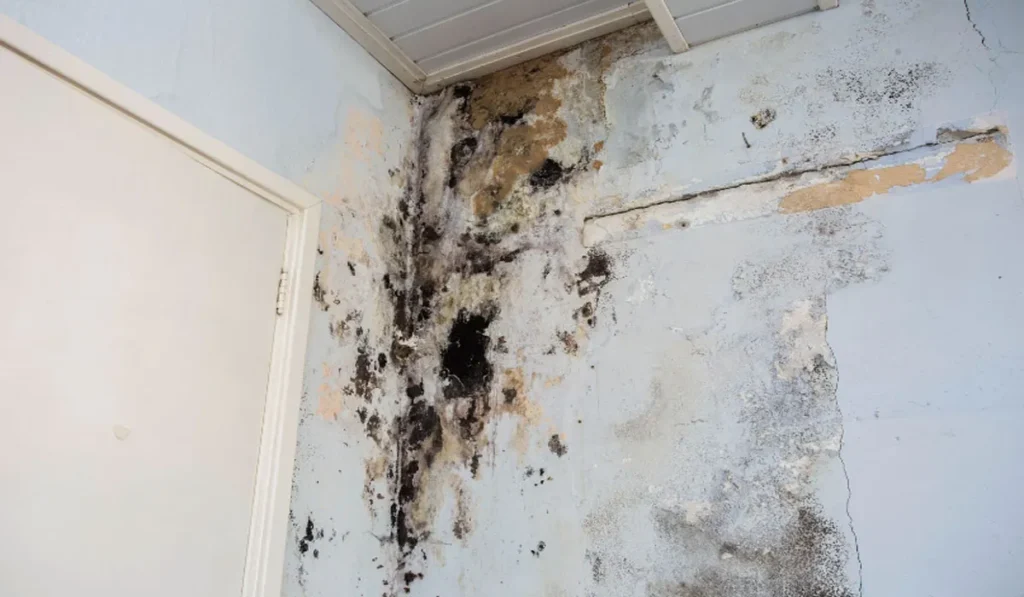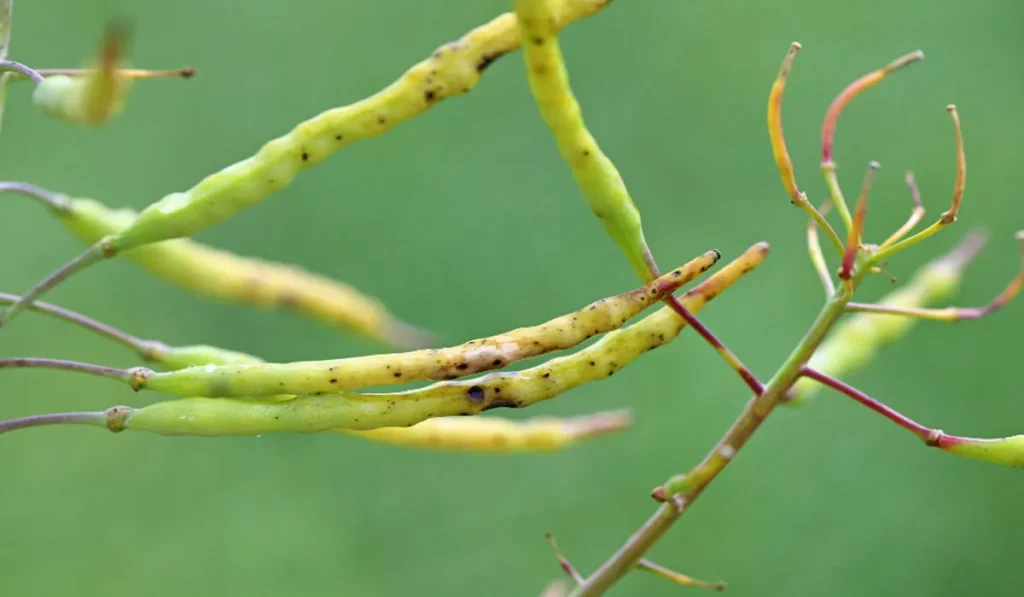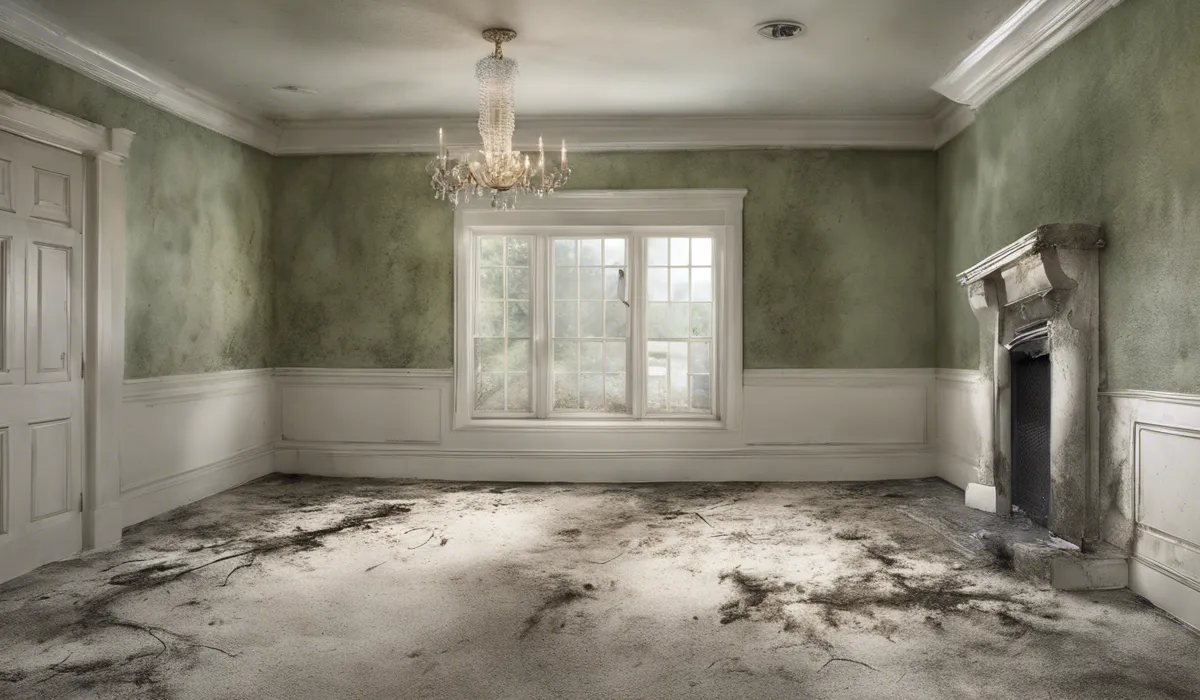To eliminate Alternaria mold, identify and repair the moisture source, then clean the affected area with a fungicide or bleach solution. Wear protective gear to avoid inhalation and skin contact. Discard any irreparable items. Maintain low humidity indoors to prevent recurrence.
Identification of Alternaria Mold

Understanding Alternaria Mold
Alternaria mold is a common fungus found both outdoors and indoors. It thrives in damp environments and is known for causing various plant diseases.
However, it can also pose health risks to humans when they come into contact with its spores.
Understanding what Alternaria mold is the first step towards managing its presence in your environment.
Common Habitats for Growth
This mold is often found in areas of your home where moisture levels are high, such as bathrooms, kitchens, and basements.
Outside, it can grow on decomposing plants or in soil. Keeping an eye on these common areas can help in early detection and prevention of mold growth.
Identifying Alternaria
Alternaria mold can be recognized by its velvety texture and dark green or black color. It may appear as spots or colonies that grow larger over time.
Noticing these visual characteristics early on is crucial for prompt removal and cleaning.
Health Concerns and Risks
Exposure to Alternaria spores can lead to allergic reactions, asthma, and other respiratory issues. It is especially harmful to individuals with weakened immune systems.
Recognizing the health risks associated with Alternaria exposure highlights the importance of keeping indoor environments mold-free.
Prevention Strategies

Maintaining Low Humidity Levels
Moisture control is critical in preventing mold growth. Use dehumidifiers and air conditioners to maintain low humidity levels indoors.
A dry environment discourages mold growth, safeguarding your home from potential infestations.
Improving Air Flow in Your Space
Effective ventilation helps reduce moisture in the air. Ensure your home, particularly areas like the bathroom and kitchen, has adequate airflow.
This can be achieved by using exhaust fans or opening windows when weather permits.
Cleaning and Maintenance
Regularly clean your home to prevent mold spores from settling and growing. Pay special attention to damp areas and promptly address any water leaks or spills.
A clean and well-maintained home is less inviting to mold.
Choosing the Right Materials
When building or renovating, select mold-resistant materials such as mold-resistant drywall or paints with mold inhibitors.
These products help create a less hospitable environment for mold, reducing the likelihood of its occurrence.
Remediation Techniques

DIY Mold Cleaning Solutions
For small mold problems, a DIY approach can be effective. Mix a solution of water and fungicide or bleach to clean the affected area. Always wear gloves and a mask to avoid direct contact with mold spores.
When to Call Professionals?
If mold covers a large area or if you’re dealing with a severe infestation, it’s best to call in professional mold removal services.
They have the expertise and equipment to safely and thoroughly remove mold from your home.
Safety During Mold Removal
When handling mold-infested materials, always wear protective gear such as gloves, goggles, and a respirator.
This reduces the risk of inhaling spores or having them come into contact with your skin.
Ensuring Mold Does Not Return
After remediation, take steps to prevent mold from returning. This includes fixing the original moisture problem, using air purifiers, and keeping humidity levels low.
Regular inspections can help catch any new growth early on.
FAQs About Getting Rid of Alternaria Mold
How do I identify the moisture source causing Alternaria mold?
Look for signs of water damage, leaks, or condensation around windows, pipes, roofs, and walls. Once identified, repair the moisture source to prevent further mold growth.
What is the best solution to clean Alternaria mold?
Use a fungicide designed for mold removal or a bleach solution (1 cup of bleach in 1 gallon of water) to clean the affected areas thoroughly.
What protective gear should I wear when removing Alternaria mold?
Wear an N-95 respirator, gloves, goggles, and protective clothing to avoid mold inhalation and skin contact during the cleanup process.
How should I dispose of items that cannot be cleaned of Alternaria mold?
Discard any porous materials or items that are irreparably damaged by mold in a sealed bag to prevent the spread of spores.
How can I prevent Alternaria mold from returning?
Maintain low humidity levels indoors (ideally between 30% and 50%) by using dehumidifiers, ensuring good ventilation, and fixing leaks promptly.
Final Thoughts
Addressing Alternaria mold requires fixing the moisture source, followed by cleaning with fungicide or bleach. Protective gear is crucial during removal to prevent health risks.
Items beyond repair should be discarded. To avert future growth, sustain a low-humidity environment within your home.
